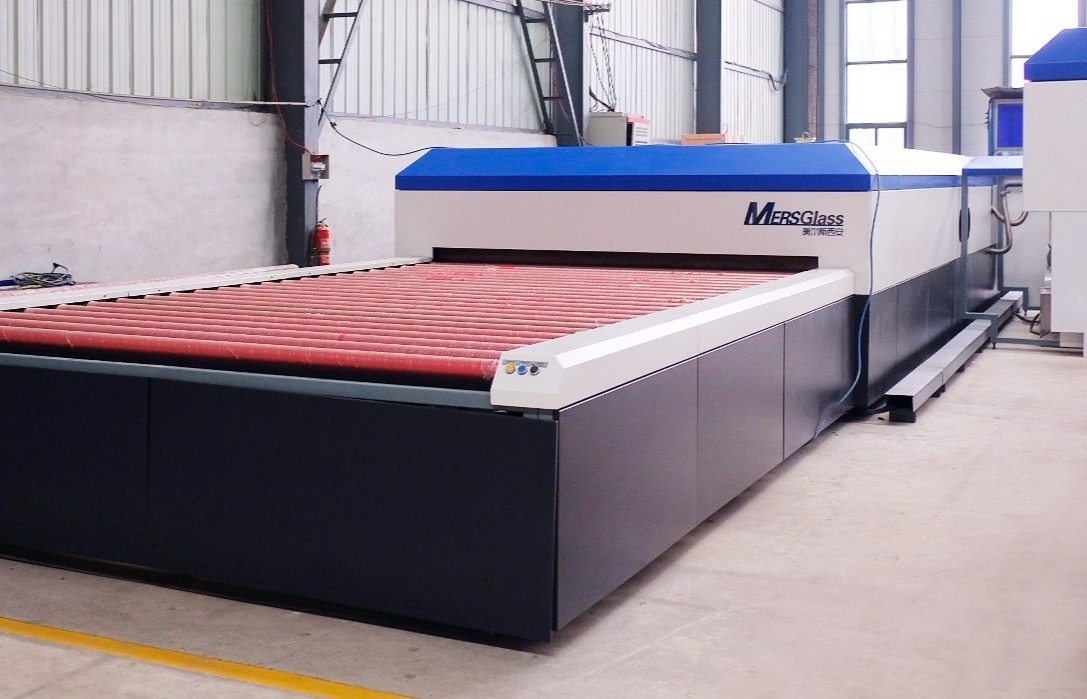
# Non-Autoclave Laminate Machine: Revolutionizing Composite Manufacturing
## Introduction to Non-Autoclave Lamination Technology
The non-autoclave laminate machine represents a significant advancement in composite material production. Unlike traditional autoclave-based systems, these machines offer a more cost-effective and energy-efficient solution for creating high-quality laminated products. This technology has gained popularity across various industries, from aerospace to automotive, due to its ability to produce strong, lightweight components without the need for expensive autoclave equipment.
## How Non-Autoclave Laminate Machines Work
Non-autoclave laminate machines utilize alternative curing methods to achieve the same structural integrity as autoclave-processed composites. These systems typically employ:
– Vacuum bagging techniques
– Out-of-oven curing processes
– Pressure intensification methods
– Advanced resin systems
The process begins with layering composite materials, which are then subjected to controlled pressure and temperature conditions. Specialized resins are formulated to cure effectively under these alternative conditions, resulting in finished products with comparable strength and durability to autoclave-cured components.
## Advantages Over Traditional Autoclave Systems
Non-autoclave laminate machines offer several compelling benefits:
### Cost Efficiency
Eliminating the need for large, expensive autoclaves significantly reduces capital investment and operational costs. The energy requirements are substantially lower, leading to long-term savings.
### Scalability
These systems allow for easier scaling of production. Manufacturers can add multiple non-autoclave machines rather than investing in additional autoclave capacity.
### Flexibility
The technology enables production of larger components that might not fit in conventional autoclaves, opening new possibilities for composite applications.
### Environmental Benefits
With lower energy consumption and reduced material waste, non-autoclave processes offer a more sustainable approach to composite manufacturing.
## Applications Across Industries
Non-autoclave laminate machines serve diverse sectors:
### Aerospace
Used for manufacturing aircraft interior components, secondary structures, and increasingly for primary structures as the technology advances.
### Automotive
Ideal for producing lightweight body panels, structural components, and interior parts that contribute to fuel efficiency.
### Wind Energy
Essential for creating large wind turbine blades where autoclave processing would be impractical.
### Marine
Keyword: non autoclave laminate machine
Used in boat hulls and other marine components requiring strength and corrosion resistance.
## Future Developments in Non-Autoclave Technology
The non-autoclave laminate machine sector continues to evolve with several promising developments:
– Improved resin formulations for enhanced mechanical properties
– Advanced sensor integration for better process control
– Hybrid curing techniques combining multiple methods
– AI-driven optimization of curing parameters
These innovations promise to further bridge the performance gap between autoclave and non-autoclave processed composites while maintaining the cost and efficiency advantages.
## Conclusion
The non-autoclave laminate machine represents a transformative approach to composite manufacturing, offering a practical alternative to traditional autoclave systems. As the technology continues to mature, it’s expected to play an increasingly important role in various industries seeking high-performance composite solutions without the associated high costs of autoclave processing. With ongoing research and development, these systems will likely expand their capabilities and applications in the coming years.